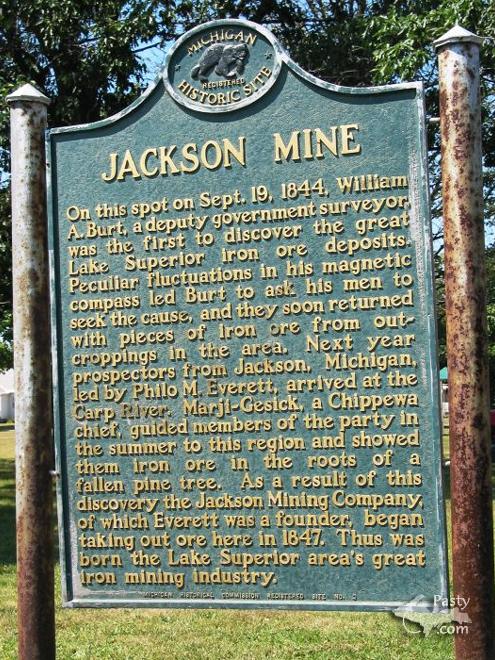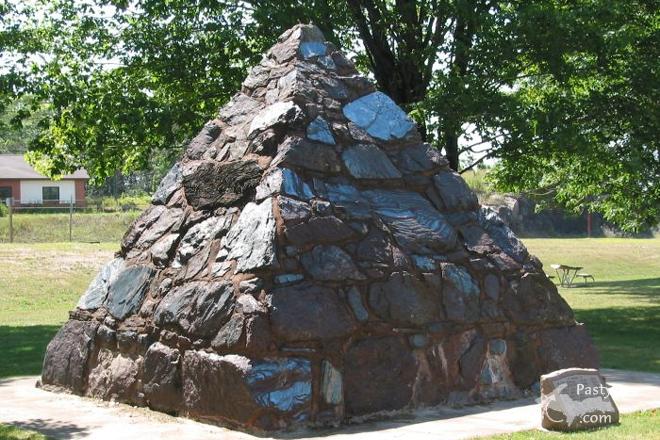By Lee Wernholm (Leeforfree) on Friday, September 8, 2006 - 09:41 am:
I grew up near the original location of the pyramid and the Jackson Mine plaque on the west end of Iron St. in Negaunee (they now sit in Miner's Park on the edge of M-28/US-41). The old location was condemed as "Caving Grounds" over thiry yrs. ago, and was fenced-off. Our house was torn down and we had to move to the other end of town. The caving area was recently re-opened (conspiricy theories abound)to the public, and you can now walk, or drive to many of the original Jackson Pits. There are some cool rock formations(I know this sounds barbaric after the previous, detailed, geological notes), and even open drifts (tunnels).
Not to nit-pick, but I think the large iron ore rock in front of the Smithsonian is from Jasper Knob in Ishpeming (only a couple thousand feet from the old Jackson pits in Negaunee, though).
By william wade (Billw81) on Saturday, September 9, 2006 - 12:29 am:
Brrrrrr! it's getting chilly in the U.P.





